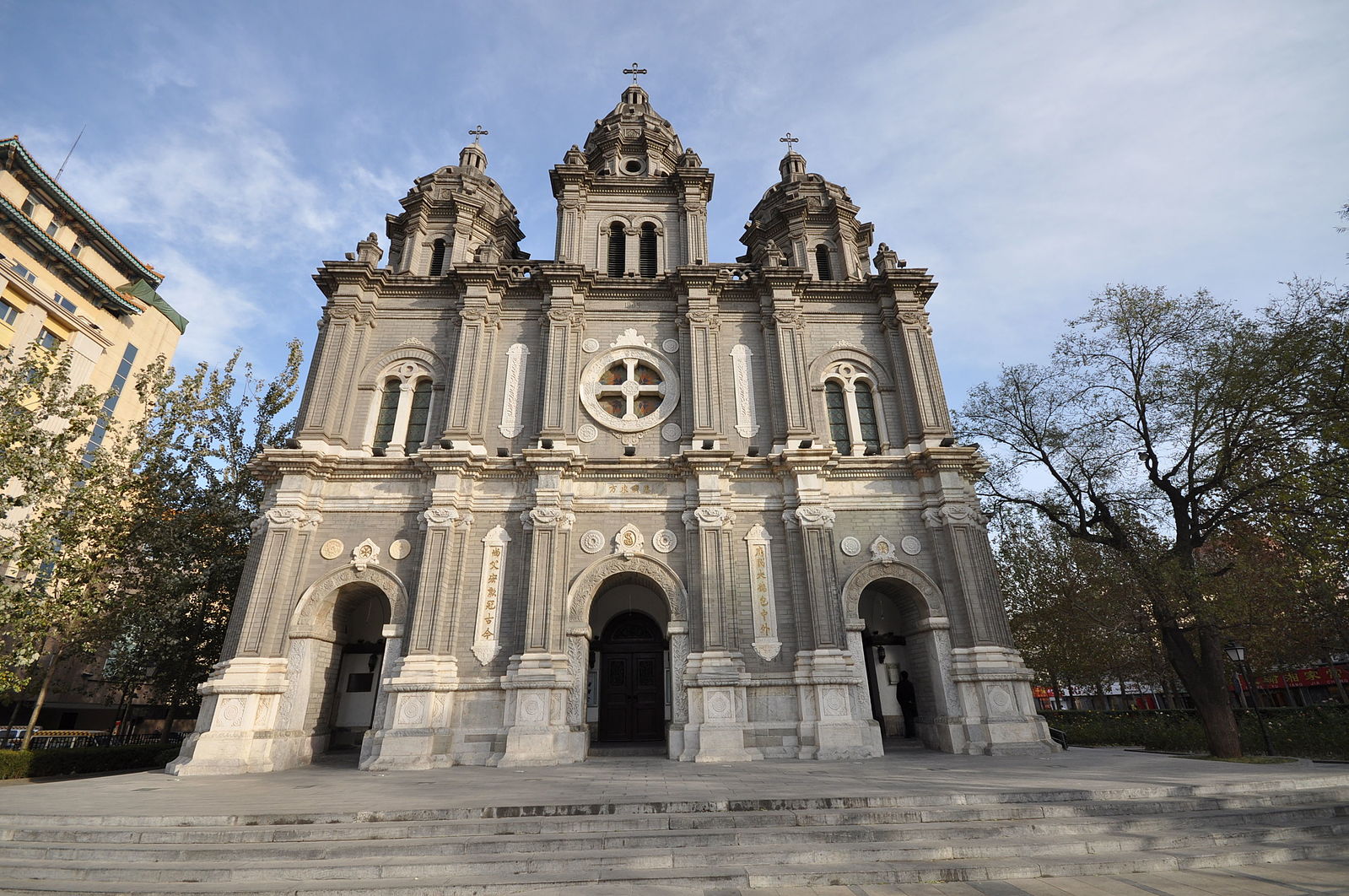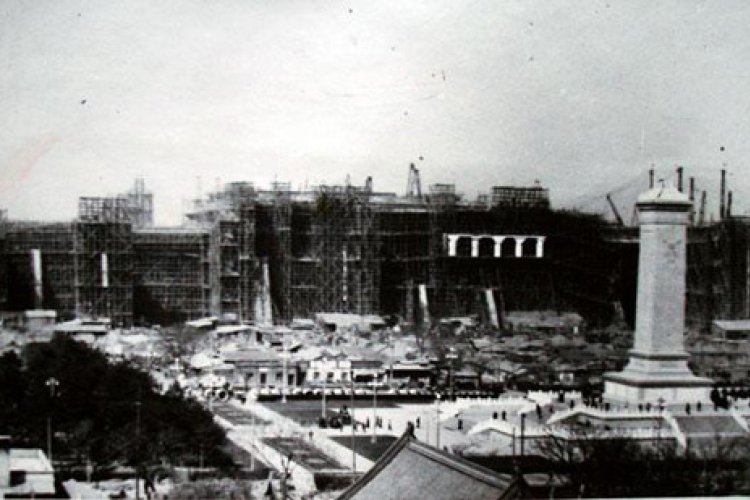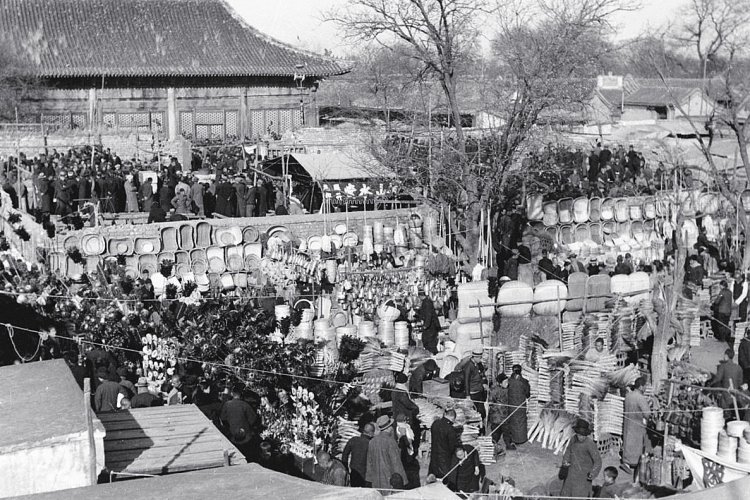Story of the 'Jing: The Legacy of the Jesuits in Beijing
Few foreigners have left as much of a legacy in Beijing as the Jesuits who served at the Forbidden City. Many of the city's most famous churches began as chapels and residences for European missionaries living in Beijing from the 17th to the 19th centuries, which eventually grew into the impressive structures that still stand today. Here are a few of the more famous of the city's Jesuits and the sites associated with their history.

In 1598, the Italian Jesuit priest Matteo Ricci (1552-1610) stepped onto the pier at Tongzhou. Sadly, Ricci learned that it would be another 423 years before Universal Studios Resort would open. On a positive note, though, four centuries is approximately the wait time on busy weekends for Harry Potter and the Forbidden Journey. No matter; for Matteo Ricci had another Forbidden destination in mind.

Ricci had been in China for 16 years, but 1598 was his first visit to the capital. Three years later, he was invited to the Forbidden City on the orders of the Wanli Emperor of the Ming Dynasty (1368-1644). Ricci never met the Wanli Emperor, who famously wasn't into things like "visitors," "work," or "leaving his bedroom," nor was there much imperial interest in Ricci's Catholicism.
Still, the European's skills as a cartographer, mathematician, linguist, and astronomer preceded Ricci. The court asked Ricci to stay in Beijing, beginning a tradition of Jesuit imperial advisers at the court of the Ming and later Qing (1644-1912) emperors that would last two centuries.
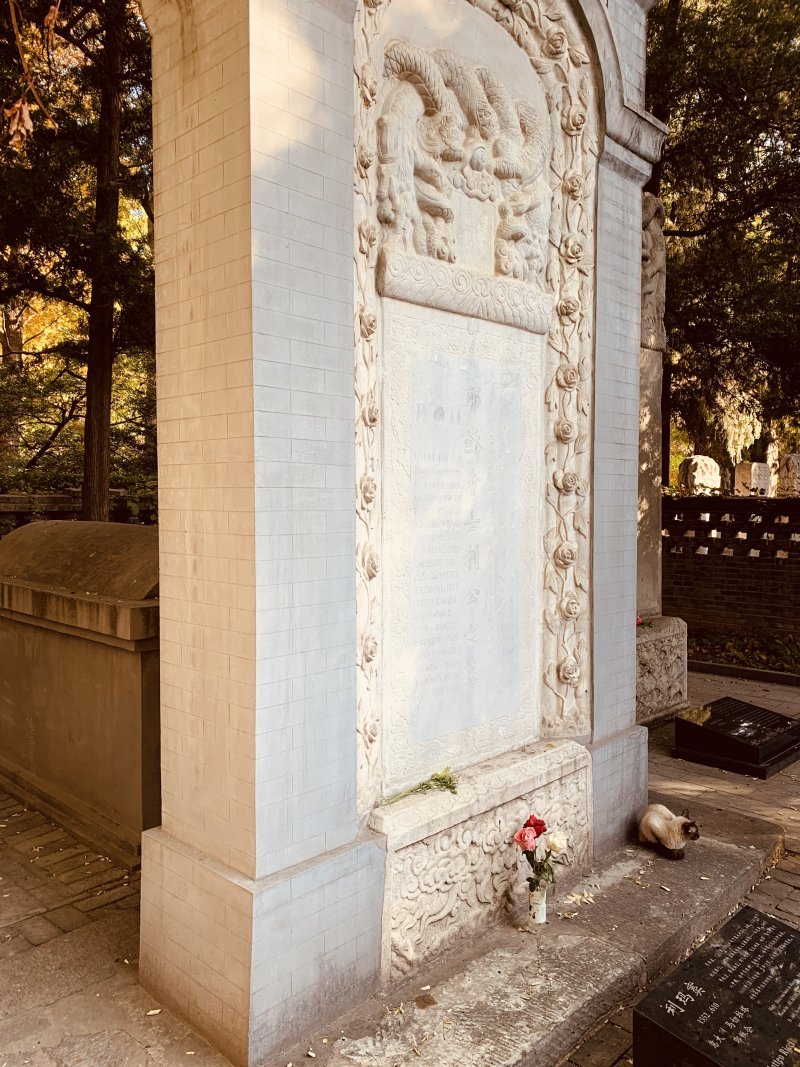
Zhalan Cemetery & South Church
Like many later Jesuits, including all the men on this list, Ricci is buried at the Zhalan Cemetery, located outside Fuchengmen Gate of Beijing, on the city's Westside. Legends have it the court repurposed land confiscated formerly held by a corrupt eunuch and gave it to the Jesuits to be used as a burial ground.
Access to this historic site can be tricky, as it is today the Beijing Administration Institute, one of the city's party (Think: "Communist," not "keg") schools. More accessible (slightly) is the Cathedral of the Immaculate Conception, also known as "South Church," near Xuanwumen, built on the site of a long-demolished chapel that served as Matteo Ricci's residence in Beijing from 1605 until Ricci died in 1610.
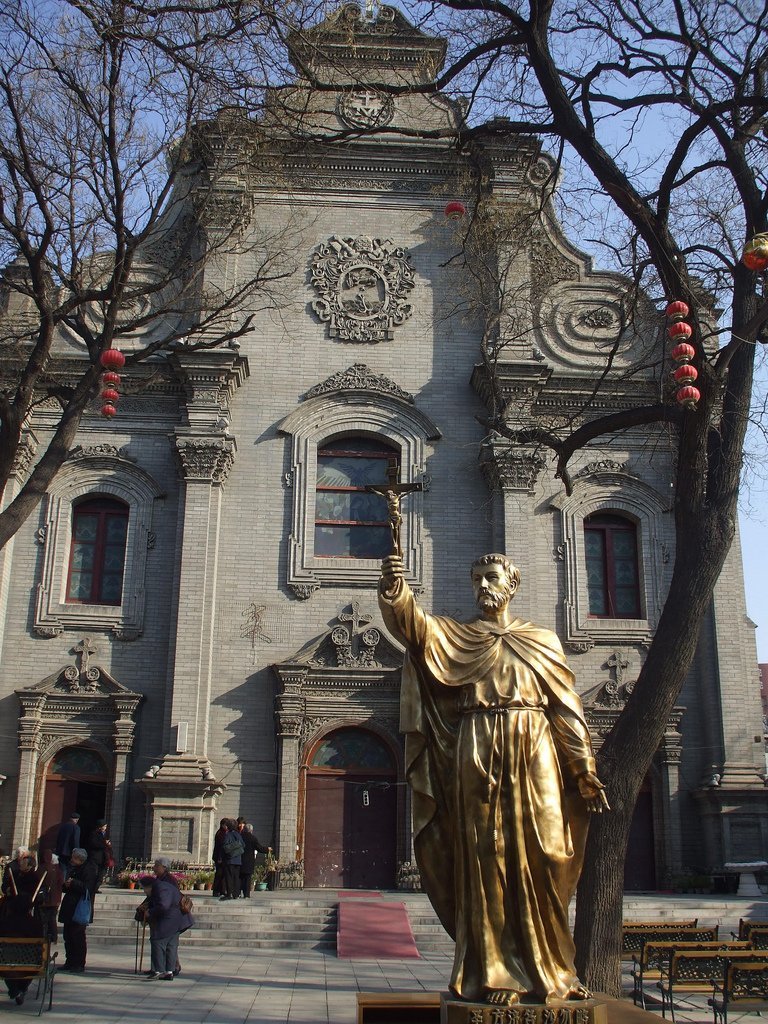
Ricci's Jesuit successors at the court witnessed the transition from the Ming to Qing dynasty in 1644. They deftly switched allegiances when it was clear that the Forbidden City would be under new ownership. German Jesuit Johann Adam Schall Von Bell (1591-1666) and his protege, the Flemish Jesuit Ferdinand Verbiest (1623-1688), made themselves useful to the new Manchu rulers by helping to perfect the imperial calendar.
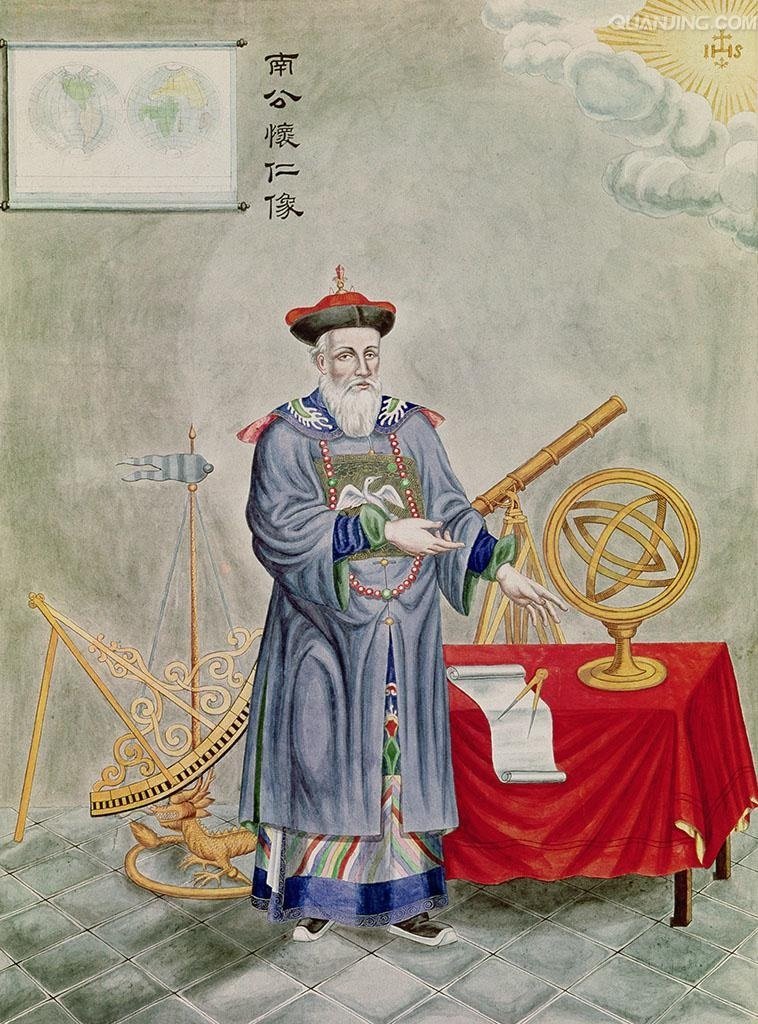
Schall Von Bell was close with the Shunzhi Emperor [r. 1643-1661]. After the emperor's death, political intrigue involving jealous rival astronomers led to Schall von Bell and Verbiest being imprisoned. Schall Von Bell died soon after, but Verbiest survived to challenge their accusers to an Astronomy Off, with the winner being named head of the calendrical bureau. Verbiest and his team won, and Verbiest became an adviser to the Kangxi Emperor [r. 1661-1722].

The Ancient Observatory
On top of a small surviving section of the old city wall, next to the Jianguomen interchange, is the former Imperial Observatory. In addition to the remains and replicas of the instruments used by the Jesuits and other imperial astronomers, there is a small museum featuring Adam Schall von Bell, Ferdinand Verbiest, and other Jesuit scientists.

Giuseppe Castiglione (1688-1766) was a Lay Jesuit brother (but not a priest) who served three emperors as a court painter, but it is his association with the last of these, the Qianlong Emperor, that has left a lasting legacy on the art and architecture of Beijing.
Castiglione arrived in Beijing in 1715, over a century after the death of Matteo Ricci. Adopting the Chinese name Lang Shining, Castiglione painted imperial portraits, commemorated military campaigns, and, perhaps most famously for tourists, helped design the Western-Style Palaces at the Yuanmingyuan.

Yuanmingyuan - aka the Old Summer Palace
Castiglione worked at both the Forbidden City and the imperial residence at Yuanmingyuan. His paintings can also be found at the National Museum of China at Tiananmen Square. But the Western-style Buildings, even 160 years after their destruction by the Anglo-French Expedition of 1860, remain Castiglione's most lasting legacy.

One wonders what the court painter thought when given the task of designing a European-themed play set for the Qianlong Emperor, although Castiglione would certainly not be the last foreign employee of a local organization to be asked to do things wildly outside their job description.
About the Author
Jeremiah Jenne earned his Ph.D. in Chinese history from the University of California, Davis, and taught Late Imperial and Modern China for over 15 years. He has lived in Beijing for nearly two decades and is the proprietor of Beijing by Foot, organizing history education programs and walking tours of the city including deeper dives into the route and sites described here.
READ: Story of the 'Jing: When Beijing's Most Famous Sites Opened Their Doors to the Public
Images: Wikimedia, Wikipedia, Jeremiah Jenne

